The Roman Tomb of Silistra (Bulgarian: Римска гробница в Силистра, Rimska grobnitsa v Silistra) is a significant archaeological site located in the town of Silistra, northeastern Bulgaria. This Roman burial tomb, dating back mid-4th century AD, is the best-preserved architectural monument of the Ancient Roman city of Durostorum. The tomb is considered one of the…
Ancient Artifacts
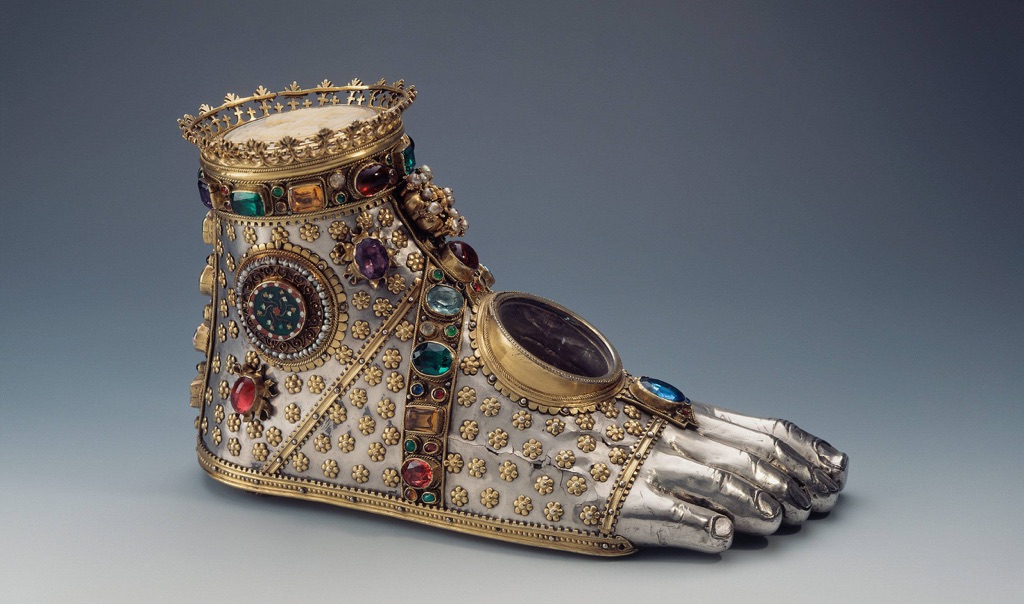
Moving to the East, ancient China artifacts like bronze vessels and oracle bones shed light on the rituals and governance of early Chinese dynasties. These artifacts highlight China’s long history of craftsmanship and written language. Similarly, ancient Egyptian artifacts are world-renowned, particularly for their funerary art, such as the treasures from King Tutankhamun’s tomb. These pieces reflect the Egyptians’ beliefs about death and the afterlife. Artifacts are not just old objects to be displayed in museums; they are keys to unlocking the secrets of human development across the ages. They preserve the ideas and values of people who lived thousands of years before us. Through careful study, they teach us about our collective history and heritage.
Among the most famous ancient artifacts in the world is the Rosetta Stone. Discovered in 1799, this granodiorite stele was the key to understanding Egyptian hieroglyphs—a script made of small pictures that was used originally in ancient Egypt for religious texts. The Rosetta Stone is inscribed with a decree issued at Memphis in 196 BC on behalf of King Ptolemy V. The decree appears in three scripts: the upper text is Ancient Egyptian hieroglyphs, the middle portion Demotic script, and the lower Ancient Greek. Because it presents essentially the same text in all three scripts, it provided the crucial link for scholars to decipher Egyptian hieroglyphs, thereby opening a window into ancient Egyptian history.
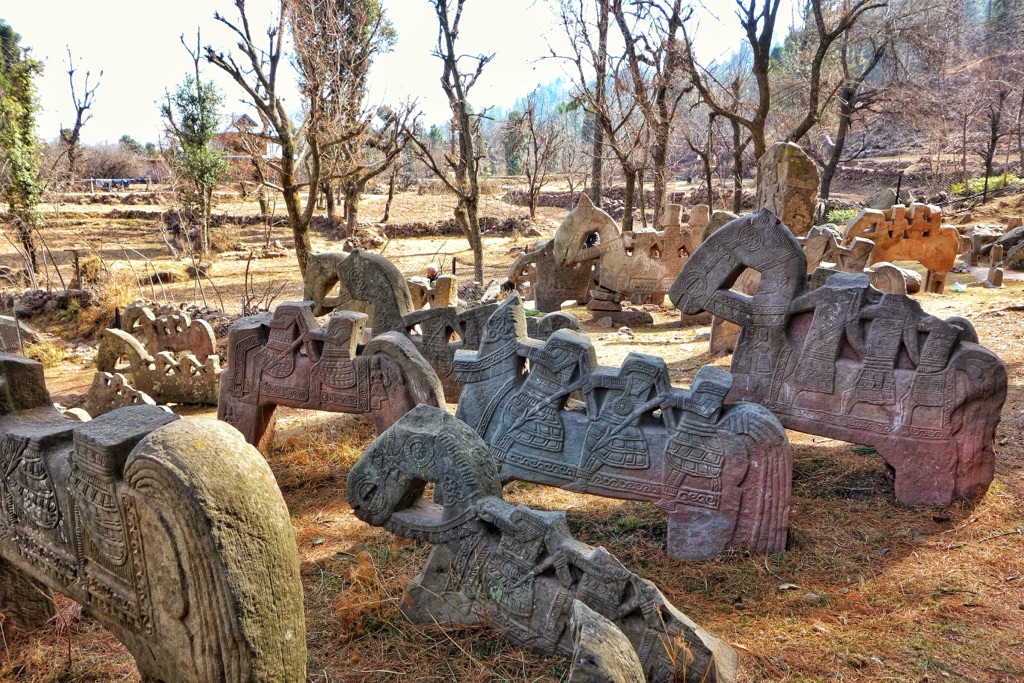
The title of the oldest artifact on earth goes to the stone tools found in Lomekwi 3, Kenya, which date back to 3.3 million years ago. These tools predate the earliest known humans and suggest that tool-making was a part of our pre-human ancestors’ way of life. These ancient tools mark a significant milestone in human evolutionary history, indicating the beginnings of technology and innovation. They are not just simple objects; they represent the dawn of human ingenuity and the very first steps towards the complex societies we have today.
An ancient artifact can be defined as any item made or used by humans in ancient times that has cultural, historical, or archaeological significance. These artifacts can range from monumental structures like the pyramids of Egypt to small, everyday objects like Roman coins. They can include items as diverse as weapons, clothing, and artwork. Each artifact, no matter its size or apparent significance, offers a glimpse into the lives of those who came before us, providing evidence of past behaviors, beliefs, and social structures.
Famous ancient artifacts not only include monumental finds like the Rosetta Stone or the treasures of Tutankhamun’s tomb but also the Terracotta Army of China, the Dead Sea Scrolls, and the Venus of Willendorf. The Terracotta Army, buried with the first Emperor of China, Qin Shi Huang, consists of thousands of life-sized figures meant to protect the emperor in the afterlife. The Dead Sea Scrolls, discovered in a series of caves near the Dead Sea, are ancient Jewish texts that offer invaluable insight into the history of Judaism and the early text of the Bible. The Venus of Willendorf, a small Paleolithic figurine discovered in Austria, dates back to about 28,000 BCE and is thought to represent fertility. Each of these artifacts, in its own way, has reshaped our understanding of human history, offering evidence of the complexity, diversity, and ingenuity of ancient civilizations.
List of Discovered Ancient Artifacts
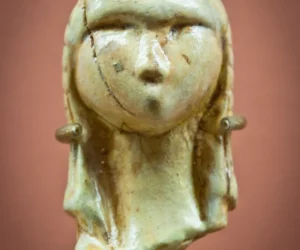
Venus of Brassempouy
The Venus of Brassempouy: A Glimpse into Prehistoric Art The Venus of Brassempouy, also called the “Lady with the Hood,” is one of the earliest known realistic representations of a human face. Carved from mammoth ivory over 25,000 years ago, this tiny fragment gives us a rare look into the artistic skill of our Upper…

The Min Palette
The Min Palette is an ancient artifact from early Egypt, dating to the late Pre-Dynastic period (circa 3000 BC). It was named after the god Min, an important deity associated with fertility and reproduction. This palette provides valuable insight into the development of Egyptian art and religious symbolism before the unification of Egypt. Material and…
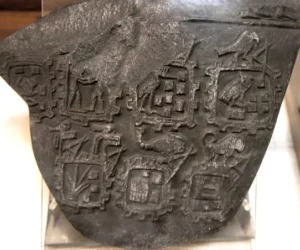
The Libyan Palette
The Libyan Palette is an ancient Egyptian cosmetic palette dating back to the late Predynastic Period, around 3100 BC. Found at Abydos, this artifact provides significant insight into Egypt’s early political and artistic development. Like other palettes from the same era, it was likely used to grind and mix cosmetics, but its intricate carvings suggest…
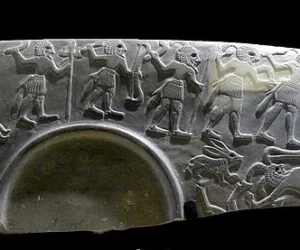
The Hunters Palette
The Hunters Palette, also known as the Lion Hunt Palette, is an ancient Egyptian artifact from the late Predynastic Period, around 3100 BC. It provides significant insights into Egypt’s early art, symbolism, and society before the unification under a single pharaoh. Discovery and Material The Hunters Palette was discovered in the late 19th century in…
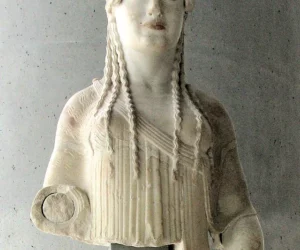
The Euthydikos Kore
The Euthydikos Kore is an ancient Greek sculpture from the late Archaic period, dating to around 490 BC. This marble statue represents a young woman, or kore, a common type of sculpture in Greek art depicting maidens in a standing pose. The statue is named after Euthydikos, the donor mentioned in its inscription. Historical Context…

